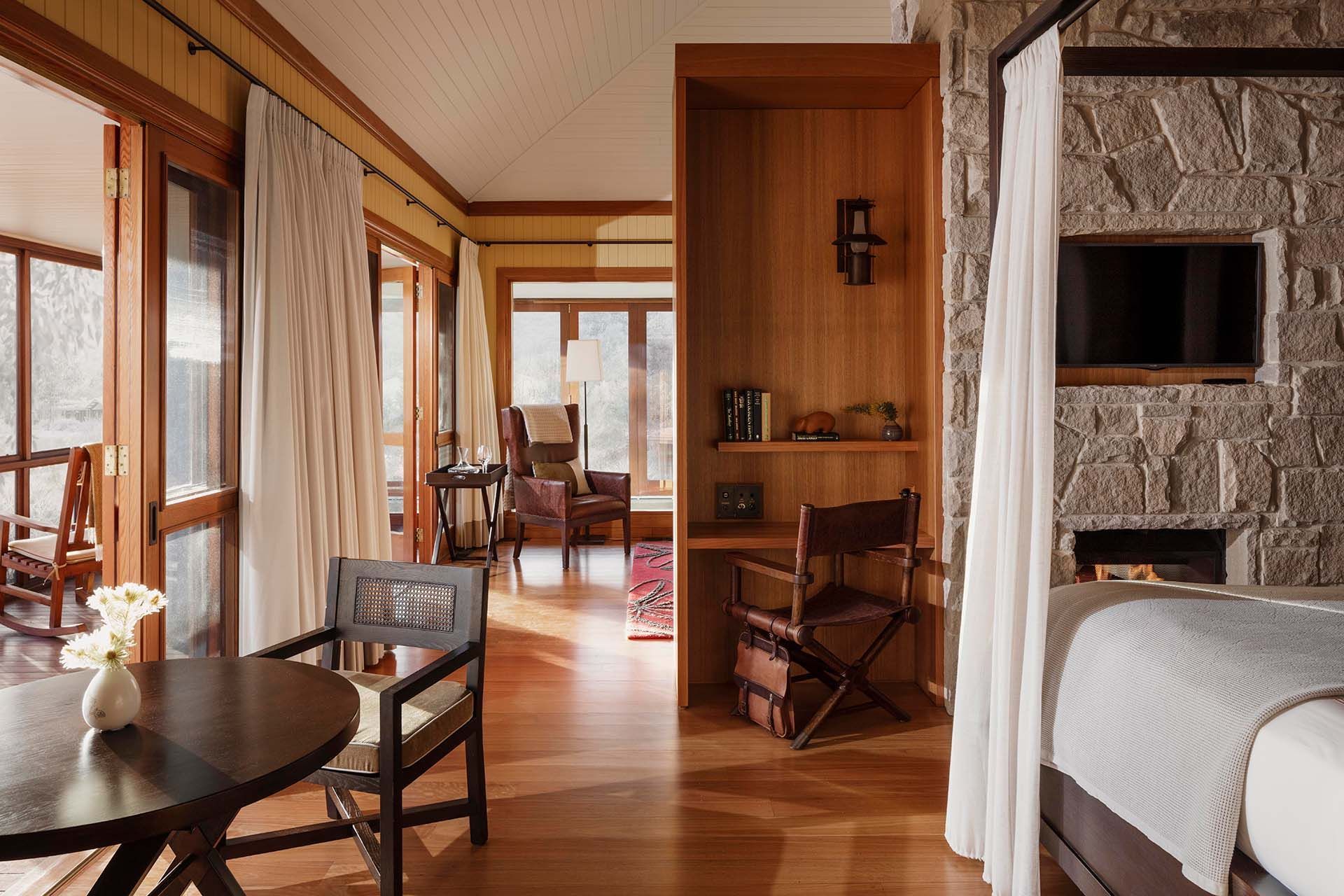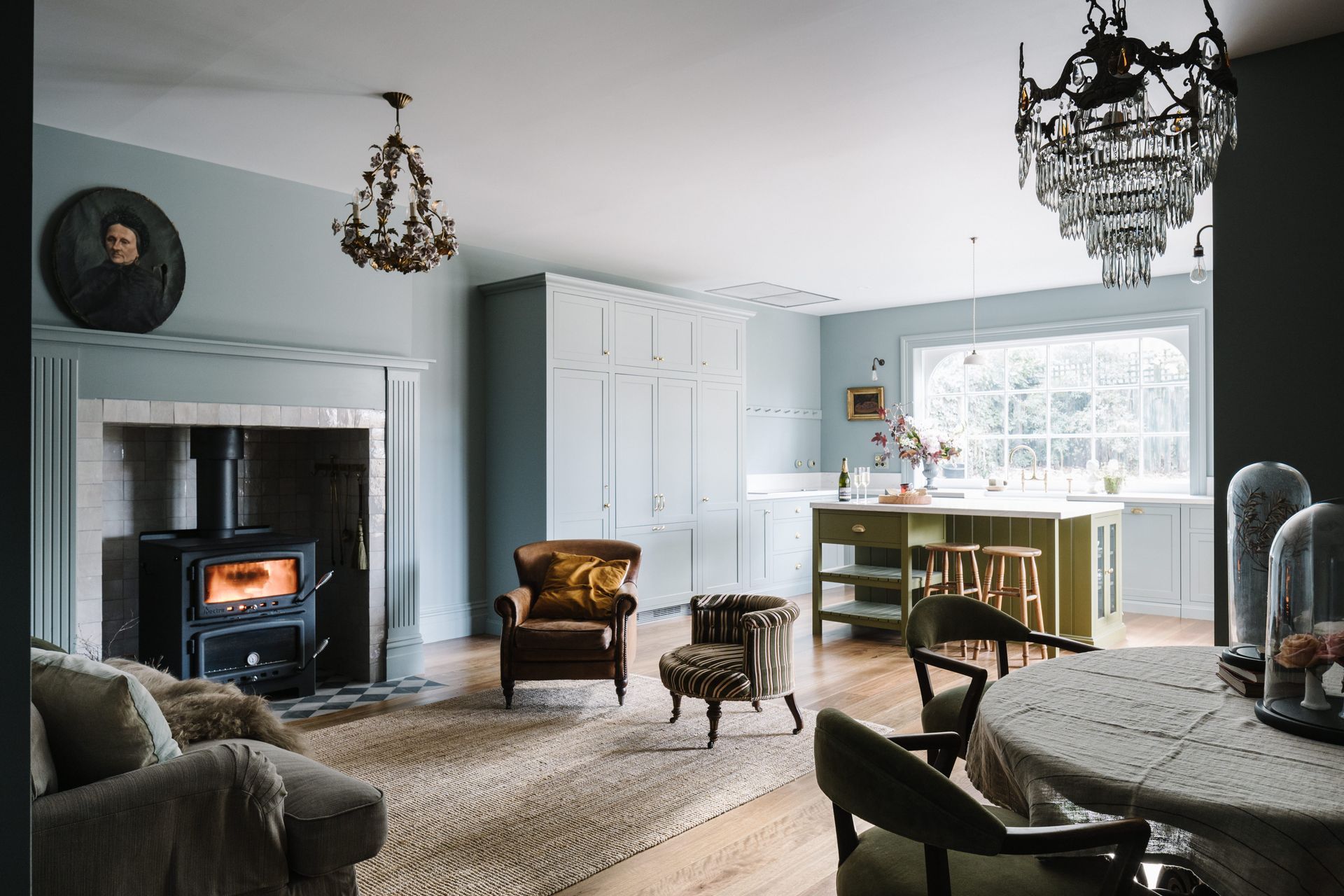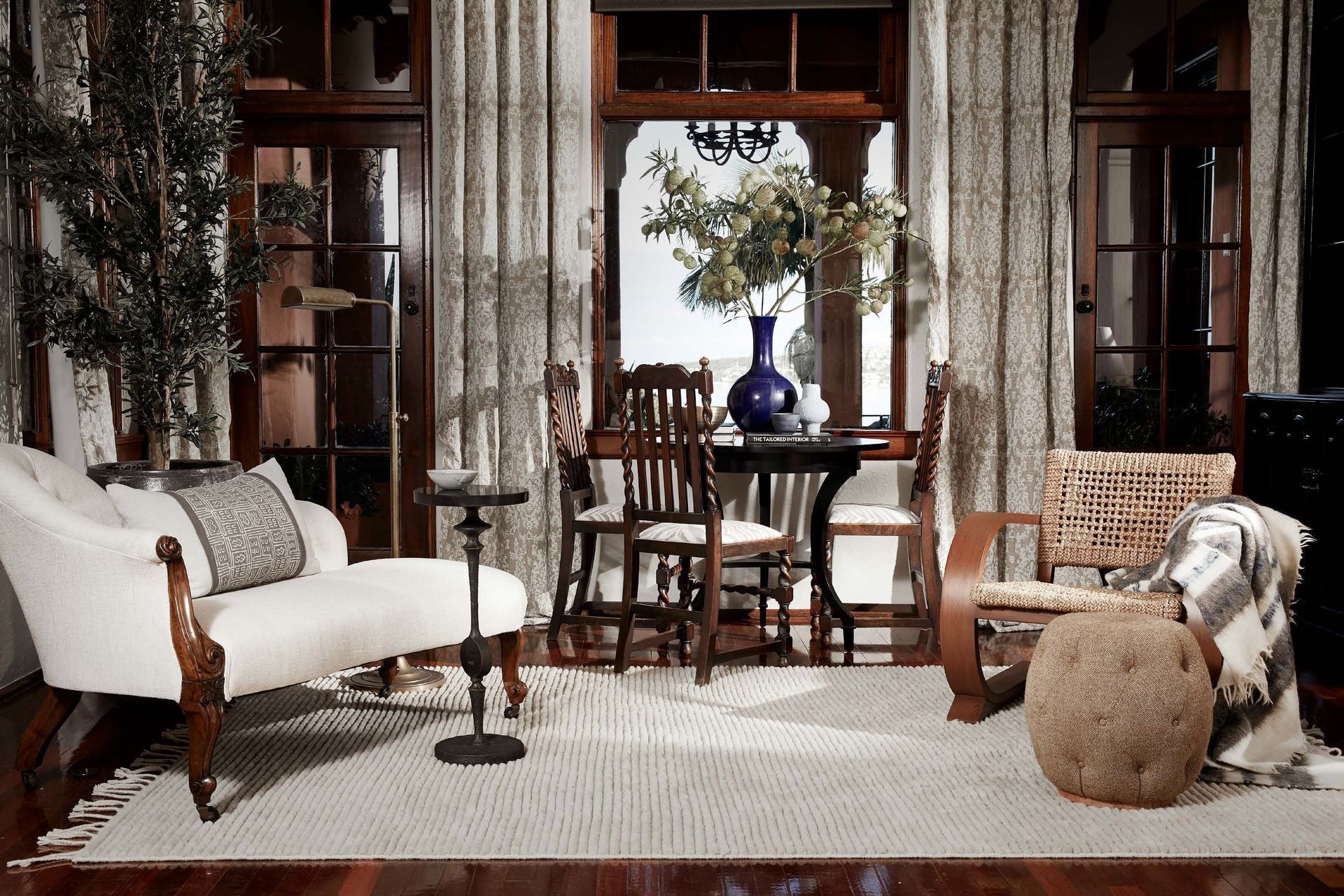How to shop for vintage furniture and antiques
Written by
12 April 2023
•
5 min read

Vintage and antique furniture has always been used in high-end interior design. These pieces of furniture age like fine wine, bringing depth and character to even the most restrained and minimal spaces. However, not all pieces that claim to be ‘designer’ are authentic, and not all antiques are worth investing in. Fortunately, the experts at the Australian Antique and Art Dealers Association have some excellent advice for spotting a furniture piece worth purchasing.

How to identify authentic vintage designer furniture
Danielle Rusko is a member of the Australian Antique and Art Dealers Association, and owner of The Find Antiques, and she says the key to spotting a genuine piece of designer furniture is doing research on the designer and the piece itself, and careful inspection prior to purchase. “Genuine antiques should show signs of aging and imperfections,” says Danielle, who adds that the materials used in the construction of the piece are also key to identifying an authentic piece. “For example, if an ‘18th century’ commode is lined with plywood, then it’s most likely a 19th or early 20th century reproduction, as plywood was first used in furniture around the 1850s.” Danielle also suggests examining screws and nails as round nails are an indication of later iterations from the 1900s.
Fellow association members and owners of Virtanen Antiques, Kent and Sharon Virtanen, stress the importance of familiarising yourself with the hallmarks of the designer whose pieces you’re shopping for. “Check features such as signatures, labels, numbers, stamps and the correct usage of materials, weight and form in the construction, such as quality of metal,” says Kent.

How to identify genuine antique furniture
The quality of craftsmanship is a hallmark of genuine antiques, says Sharon. “Look for dovetail motifs and tenon joints; the finer the dovetails the more skilled the cabinet maker. Solid wood backs and drawer linings are another signature, as are the thickness and quality of veneers,” says Sharon. “Very early pieces have thick veneers, while later iterations were machined and thinner.” Kent adds that many mid-century and Scandinavian antiques are stamped or labelled by the producer or designer.
Danielle explains that many high-end antiques were crafted by named menuisiers (carpenters and joiners) and ébénistes (cabinet-makers). These artisans produced a great variety of works characterised by intensive inlaying, marquetry and lacquering, and the pieces were often stamped or engraved with the name or initials of the maker.
“Some well-known names of the 19th and 20th centuries are Georges Jacob and Jean-Baptiste Boulard, François Linke and Maison Krieger,” says Danielle. “Looking at proportions and joint construction, ensuring that the materials, techniques and ornaments used are consistent with the period or style that it was made in - or for - is important. Small differences in the shapes of legs, arms or distinctive decorative carvings can make a big difference in the identification of a piece of furniture.”

Vintage and antique furniture red flags
Danielle says that furniture reproductions lack uniformity and have errors in the materials and techniques, such as inconsistent ornaments and motifs. “Look at the overall build of the piece and the type of hardware that’s used,” says Danielle. Kent adds that a lack of detail and finesse in the finish, and poor quality timber, are also red flags to avoid.
For those who enjoy restoring antique and vintage furniture, there are a few signs that a piece is beyond saving and not worth your time. “Water damage that has led to warping and the lifting of veneers is a bad sign,” says Kent.
Danielle emphasises the necessity of a thorough inspection prior to restoration, and recommends analysing every angle of the piece of furniture in good lighting, or natural sunlight. “Fire or water damage that has resulted in swelling or buckling, damage to the internal carcass of pieces such as commodes, and certain types of mahogany are notoriously difficult to restore,” says Danielle. “Assess the true value of the piece prior to restoration, as restoration may significantly reduce it’s worth, or not increase it’s worth at all. If you paint or stain it then change your mind, it’s very difficult to undo.”

Where to buy genuine antiques and vintage designer furniture in Australia
The most reliable places to source antiques and vintage furniture are trusted antique dealers, such as those who are members of the Australian Antique and Art Dealers Association. This ensures the seller follows a strict code of practice and adheres to the highest standards of professional conduct. “A dealer should stand by their products, and customers should have confidence that their dealer put each antique through a stringent vetting process before procurement to ensure integrity and authenticity,” says danielle. “I believe it is essential that there is clear communication and trust with every client, including post sale support.”
Learn more about interior design and furniture trends on ArchiPro.